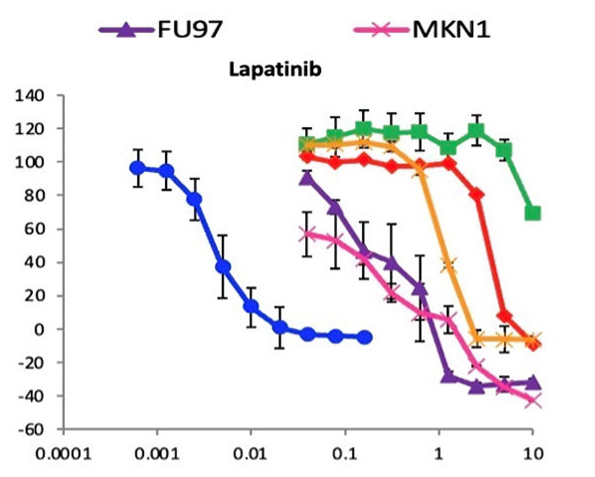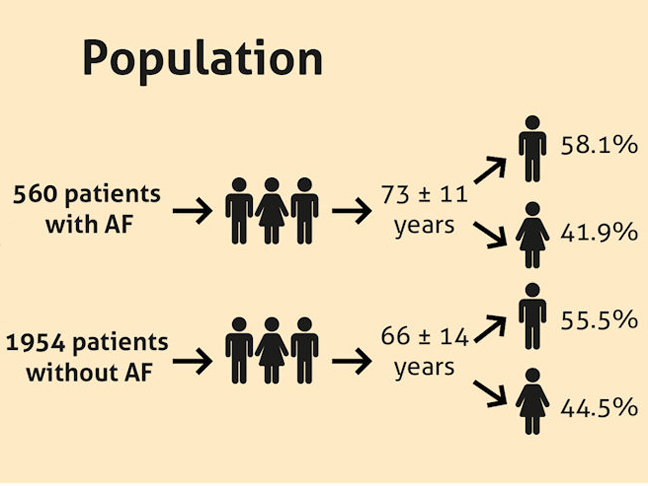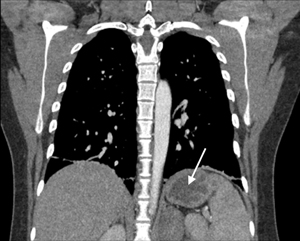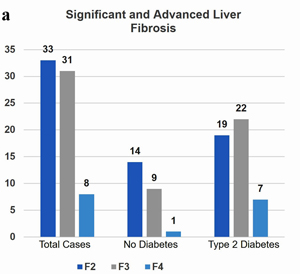Navigation
Elmer Video
Clininal Study Reporting Guidelines
| • | Randomized trials (CONSORT) |
| • | Observational studies (STROBE) |
| • | Systematic reviews (PRISMA) |
| • | Case reports (CARE) |
| • | Qualitative research (SRQR) |
| • | Diagnostic / prognostic studies (STARD) |
| • | Quality improvement studies (SQUIRE) |
| • | Economic evaluations (CHEERS) |
| • | Animal pre-clinical studies (ARRIVE) |
| • | Study protocols (SPIRIT) |
| • | Clinical practice guidelines (AGREE) |
Publishing Policy

Elmer Press Publishing Policies, and Guidelines to follow, click for details......
Advertising

Our journals are open access, which means all the contents of the journals are accessible freely to all viewers from every part of the world as long as they have internet accessibility, More...
Contact Us
Elmer Press Inc.
9225 Leslie Street, Suite 201
Richmond Hill
Ontario, L4B 3H6
Canada
Tel: 647-671-2629

elmerpublisher@hotmail.com (alternative email)
Search
Journals in Web of Science-ESCI
Web of Science™ Core Collection
JCR Impact Factors
• Gastroenterology Research 1.4
• Cardiology Research 1.4
• J of Endocrinol. & Metabol 0.6
• World Journal of Oncology 2.1
• Journal of Hematology 1.3
• Journal of Clinical Medicine Research 1.6
• Journal of Medical Cases (IF available soon)
Follow Us
Publishing Highlights
Accumulation of CD56+ CD16- Natural Killer Cells in Response to Preoperative Chemotherapy for Breast Cancer
By Ryungsa Kim et al. World Journal of Oncology, Volume 15, Number 4, August 2024.
The activation of the antitumor immune responses of T cells and natural killer (NK) cells is important to induce breast tumor shrinkage via preoperative chemotherapy. We evaluated how antitumor immune responses contribute to the effects of such therapy. Forty-three patients with stages I - IV breast cancer who underwent surgery between August 2018 and Jun 2023 after preoperative chemotherapy were enrolled. Peripheral natural killer (pNK) cell activity was assessed by 51Cr-release assay, and the counts and percentages of CD4+, CD8+, and NK cells and their subsets in peripheral blood were measured before and after chemotherapy by two-color flow cytometry. Read More....
Can Hyperthermia Unveil Brugada Pattern?
By Poornima Vinod et al. Journal of Medical Cases, Volume 15, Number 7, July 2024.
Brugada syndrome (BrS) is characterized by ST segment elevations in the right precordial leads, V1 - V3, with additional findings of ventricular arrhythmias and family history (FH) of sudden cardiac death (SCD) at a young age. Here, we describe a case of hyperthermia, unveiling the Brugada electrocardiography (EKG) pattern and the resolution of EKG findings with appropriate hyperthermia management. Read More....
The Potential of Narrow-Band Imaging as a Novel Light Source for Photodynamic Therapy for Superficial Cancers via Endoscopes
By Yusuke Nakada et al. Gastroenterology Research, Volume 17, Number 2, April 2024.
Photodynamic therapy (PDT) has advanced through the utilization of photosensitizers and specific-wavelength light (≥ 600 nm). However, the widespread adoption of PDT is still impeded by high equipment costs and stringent laser safety requirements. Read More....
Spontaneous Adrenal Hemorrhage in Pregnancy
By Priyanka Desai et al. Journal of Clinical Gynecology and Obstetrics, Volume 13, Number 1, March 2024.
Spontaneous adrenal hemorrhage (SAH) is a serious medical condition that occurs due to acute damage to the adrenal gland or chronic atrophy of the adrenal gland. Although pregnancy is a known risk factor for adrenal hemorrhage, its etiology and incidence are unknown, causing it to be a rare and poorly understood disorder in obstetric patients. Read More....
Increased Prevalence of Advanced Metabolic Dysfunction-Associated Steatotic Liver Disease Fibrosis in Type 2 Diabetics Despite Low-Risk Fibrosis-4 Index Scores
By Jordan S. Woodard et al. Journal of Endocrinology and Metabolism, Volume 14, Number 1, February 2024.
The American Gastroenterology Association (AGA) guidelines for metabolic dysfunction-associated steatotic liver disease (MASLD) recommend screening for fibrosis in high-risk subjects with either type 2 diabetes, two or more metabolic risk factors, or steatosis on imaging. The aim of our study was to identify the prevalence of significant to advanced fibrosis in subjects with a low-risk FIB-4 value with FibroScan’s LSM in type 2 diabetes. Read More....














